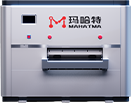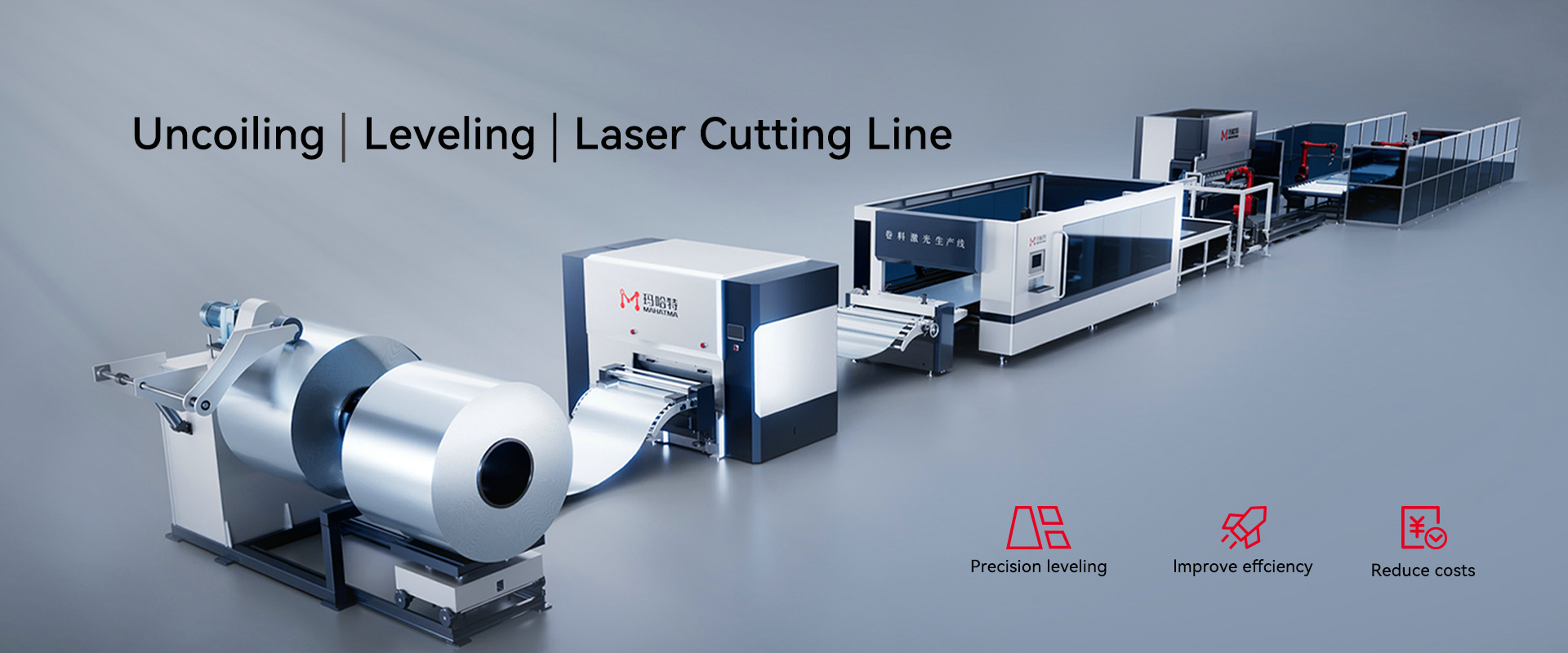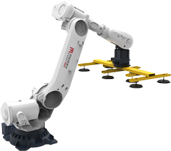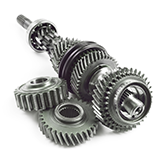CNC machines are the backbone of modern precision manufacturing. Whether you’re operating a CNC milling machine, CNC router, or 5-axis machining center, one of the most critical steps to ensure precision and longevity is proper leveling. An unlevel CNC machine can lead to inaccurate cuts, uneven wear, vibration issues, and even machine damage over time. This guide provides a comprehensive overview of how to level a CNC machine, from tools and preparation to detailed step-by-step instructions and maintenance tips.
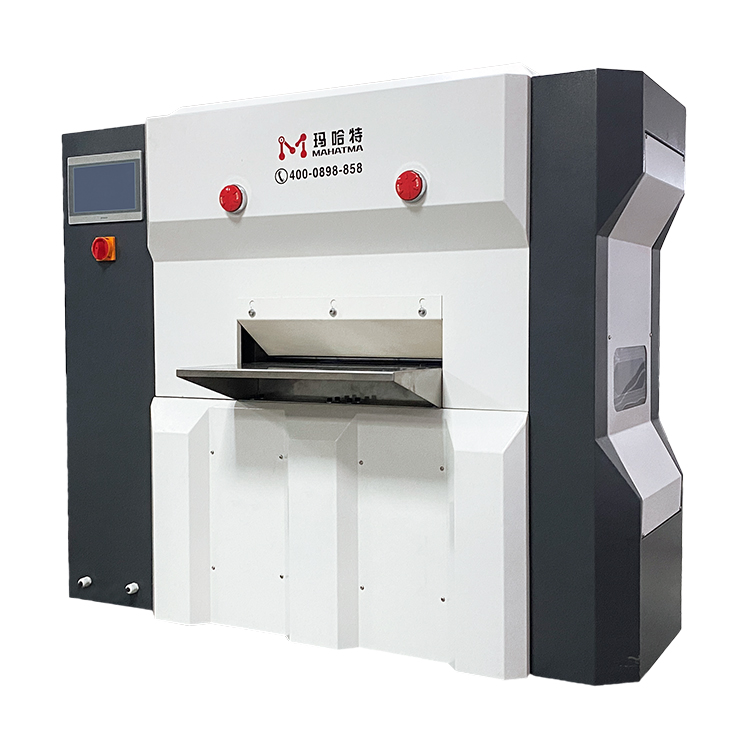
1. Why leveling a CNC Machine is Important
Leveling a CNC machine is not just a formality; it directly affects the machine’s performance. Key reasons include:
Precision and Accuracy: An unlevel machine can produce parts with uneven surfaces, incorrect angles, or dimensional inaccuracies.
Tool Life: Improper leveling causes uneven load on tools, increasing wear and reducing lifespan.
Machine Longevity: Reduces stress on linear guides, ball screws, and spindle bearings.
Vibration Reduction: A level machine is more stable during cutting, minimizing chatter and improving surface finish.
Safety: Ensures the machine operates reliably, preventing accidental damage or injury.
2. Tools Required for Leveling
To level a CNC machine accurately, you need precise tools:
Precision Spirit Level: A high-accuracy level for initial adjustments.
Dial Indicator with Magnetic Base: Measures deviations in flatness and alignment.
Shim Stock or Metal Shims: Used to make fine adjustments under machine feet.
Torque Wrench: Ensures proper tightening of bolts after leveling.
Calibration Squares or Surface Plates: Verifies squareness and flatness.
Laser Level (Optional): High-tech solution for large CNC machines requiring extreme precision.
3. Preparation Before Leveling
Before leveling your CNC machine, it’s important to prepare:
Clean the Floor and Machine Base: Remove dust, debris, and grease under machine feet.
Check Floor Level: The factory floor may not be perfectly flat; minor adjustments may be necessary.
Ensure Machine is Powered Off: For safety, disconnect the machine from power sources.
Remove Heavy Fixtures: Any weight on the table or bed can affect leveling accuracy.
Loosen Anchor Bolts Slightly: This allows minor movements while adjusting the machine feet.
4. Step-by-Step Process to Level a CNC Machine
Step 1: Rough Leveling
Place a precision spirit level on the machine bed or table.
Adjust the leveling screws or pads under the machine to bring the bubble close to the center.
Focus on X-axis (left-to-right) first, then Y-axis (front-to-back).
Step 2: Fine Leveling
Use a dial indicator mounted on the spindle or gantry.
Move the spindle across the machine bed and check deviations at multiple points.
Adjust each machine foot using shim stock or threaded leveling screws to correct errors.
Step 3: Squareness Check
Verify the perpendicularity between the spindle and the table using a calibration square or surface plate.
Ensure the X, Y, and Z axes are perpendicular to each other to maintain machining accuracy.
Step 4: Verify Level Across Full Travel
Move the spindle along the full X and Y travel.
Check multiple points with a dial indicator or precision level.
Make small adjustments as needed to maintain consistent level throughout the machine.
Step 5: Tighten and Recheck
Once the machine is level, tighten anchor bolts or securing screws gradually.
Recheck the level after tightening, as bolt tension can slightly shift the machine.
Step 6: Final Verification
Conduct a test cut or surface scan to verify flatness and accuracy.
Make minor adjustments if deviations appear.
5. Tips for Maintaining a Level CNC Machine
Regular Checks: Leveling should be checked periodically, especially after heavy use or moving the machine.
Environmental Factors: Temperature changes, vibrations, or floor settling can affect level over time.
Keep the Base Clean: Dust and debris under machine feet can cause uneven settling.
Use Anti-Vibration Pads: These reduce floor vibrations but should be calibrated with leveling screws.
Document Settings: Record leveling positions for future reference, especially if the machine is relocated.
6. Common Challenges in CNC Machine Leveling
Uneven Factory Floors: May require custom shimming or leveling pads.
Heavy Machines: Large machines require multiple people or jacks for safe adjustment.
Thermal Expansion: Machines operating at high temperatures may shift slightly, requiring compensation.
Vibration-Prone Areas: Machines in high-traffic areas may require additional stabilization.
7. Advanced Techniques
For high-precision applications, such as 5-axis CNC milling or aerospace components, consider:
Laser Alignment Systems: Uses laser beams to detect misalignment in the entire machine geometry.
Electronic Levels with Digital Readout: Provides real-time leveling measurements with high precision.
Gantry and Spindle Calibration: Ensures that the spindle head and gantry remain level relative to each other throughout travel.
8. Why Leveling Impacts CNC Drilling, Milling, and Cutting
A properly leveled machine ensures that:
Drill holes are perpendicular and consistent in depth.
Milling surfaces remain flat without tapering.
Edge finishes on complex parts meet tolerance requirements.
Repetitive production maintains uniformity across batches.
Even small deviations of 0.1 mm can significantly affect high-precision applications.
9. Troubleshooting
If the machine cannot be leveled properly:
Check for warped bases or machine frames.
Inspect floor settling or cracks.
Replace worn or damaged leveling pads.
Consult the machine manufacturer for calibration guidelines.
10. Conclusion
Leveling a CNC machine is an essential part of setup and maintenance, directly affecting accuracy, tool life, and machine longevity. By following the proper tools, preparation steps, and systematic adjustment process, operators can ensure their CNC machines—whether milling, drilling, or multi-axis centers—perform at optimal precision. Regular checks and maintenance will safeguard both production quality and investment in high-performance machinery.
A well-leveled CNC machine is not just a technical requirement—it’s the foundation of reliable, high-quality manufacturing.

